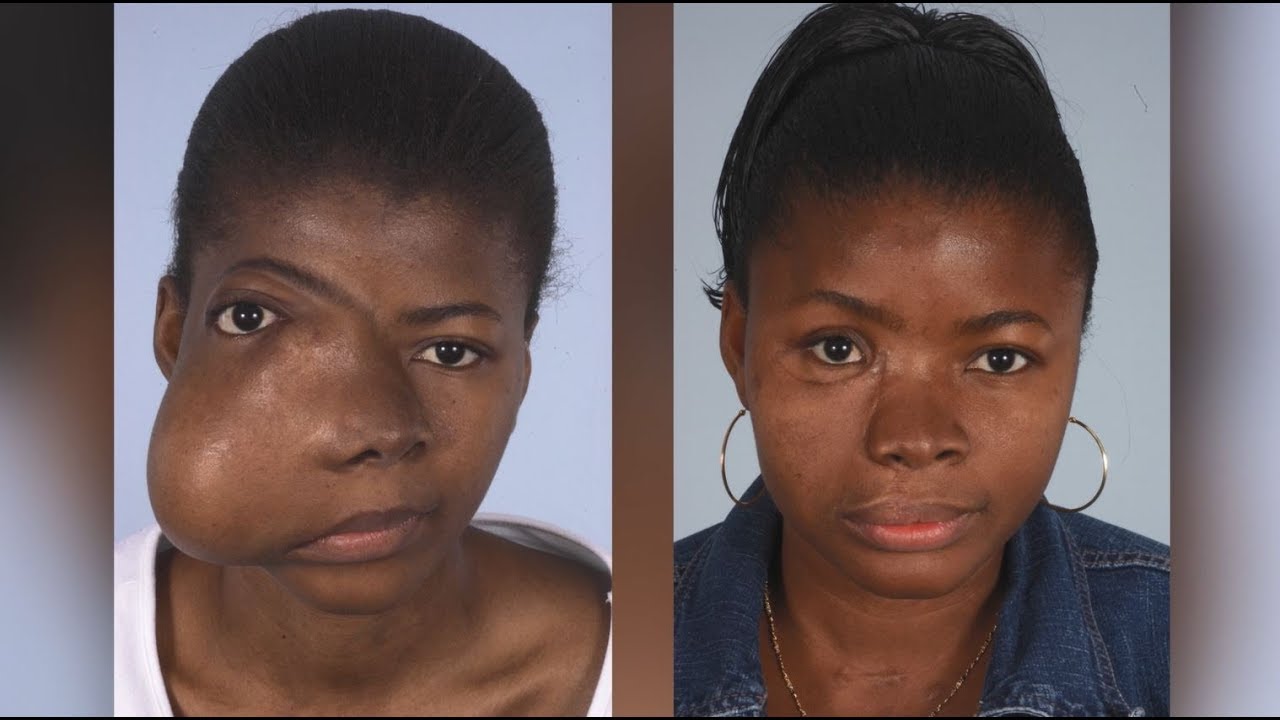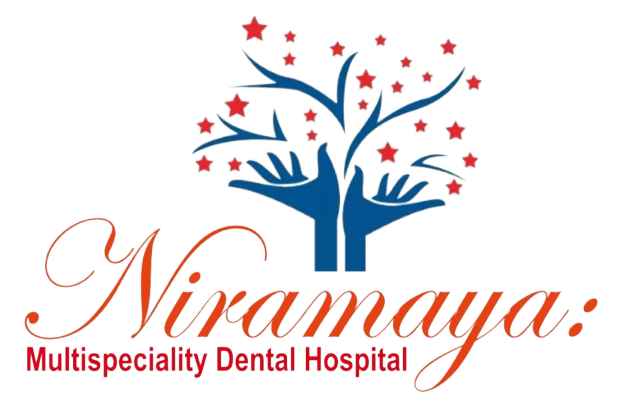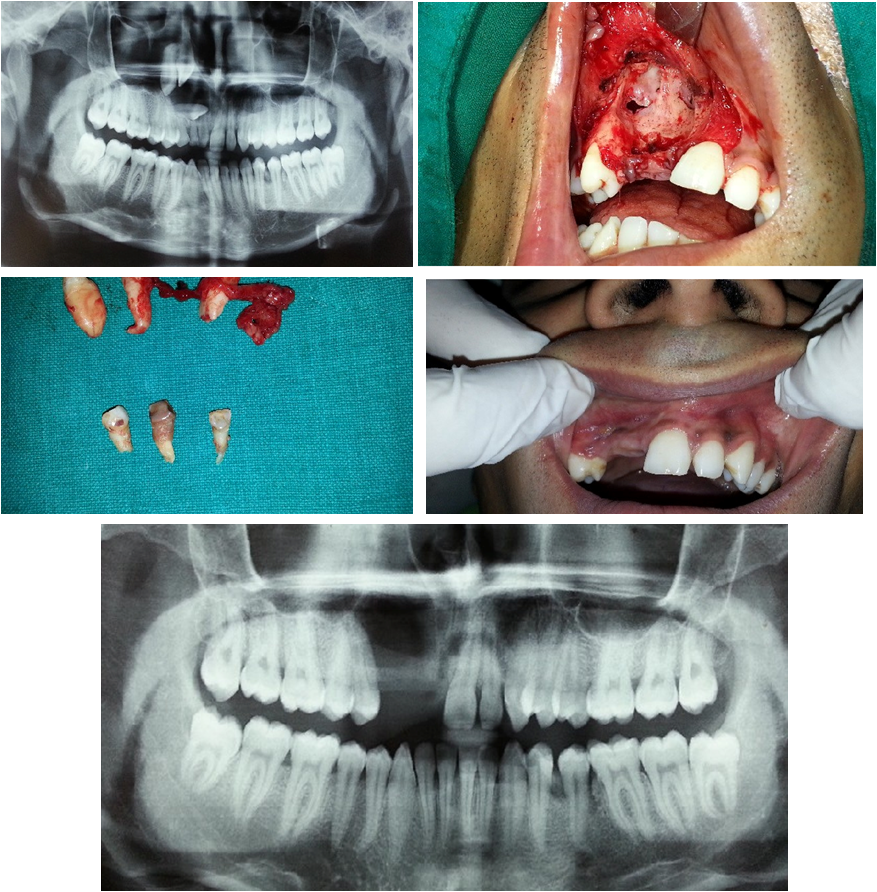Ask the Experts
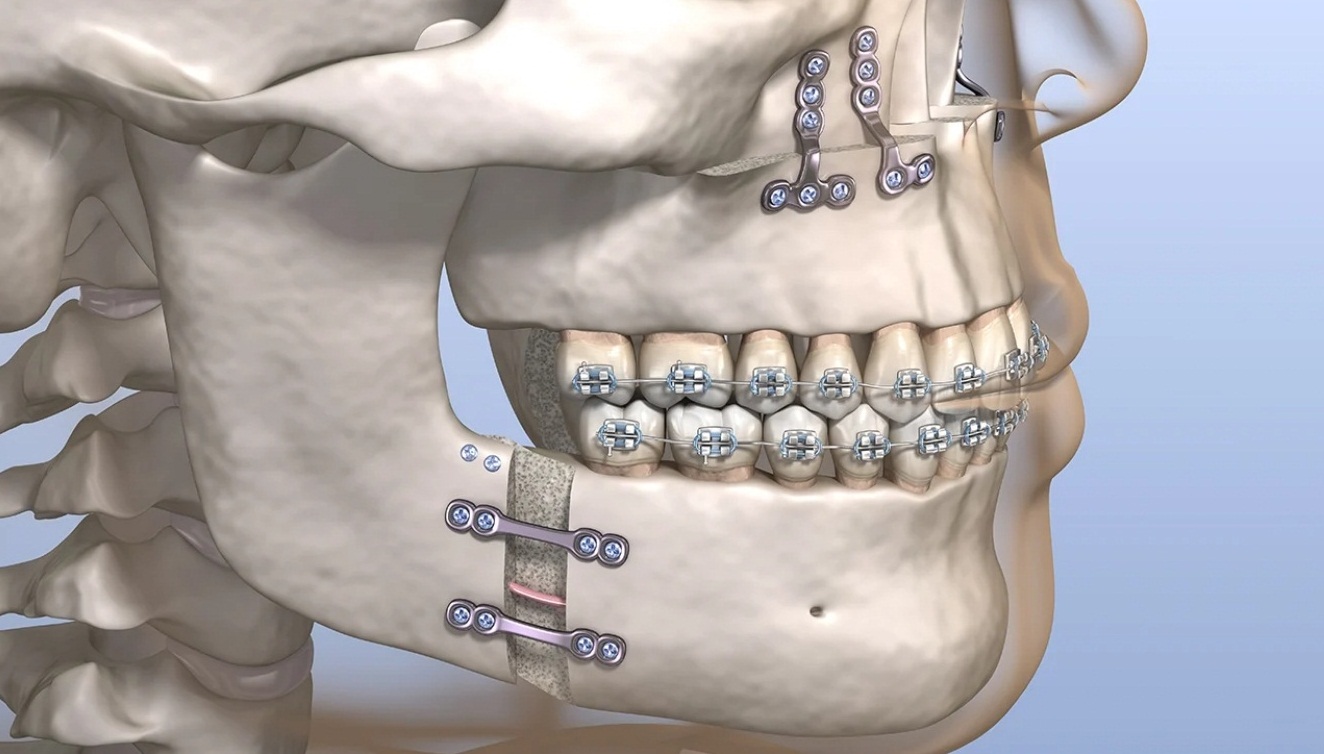
Oral & Maxillofacial Surgery
Oral and Maxillofacial Surgery is the specialty of dentistry which includes the diagnosis, surgical and adjunctive treatment of diseases, injuries and defects involving both the functional and aesthetic aspects of the hard and soft tissues of the oral and maxillofacial region. Oral and maxillofacial surgery is done for treating many diseases, injuries and defects face, jaws the hard and soft tissues of the oral and maxillofacial region.
Following things are done under oral and maxillofacial surgery:-
Extraction
Severely decade or destructed teeth which cannot be saved are removed. It is also performed to treat crowding of teeth. Some extractions are performed with the non-surgical procedure but some of them are performed with a minor surgical procedure like 3rd molar extraction.
.jpg)
Surgical exposure of impacted teeth
Surgical exposure of impacted teeth to enable the orthodontic assisted eruption of those teeth into a functional and esthetic position is an important part of dentoalveolar surgical practice.
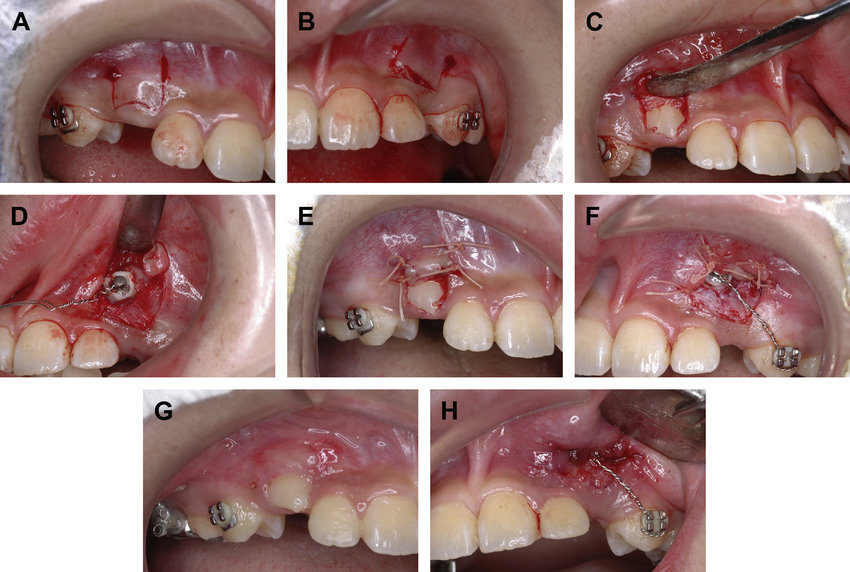
Biopsy
Biopsy of suspicious lesions of the hard and soft tissue present inside oral cavity is taken for diagnostic purposes. It is done before or during surgical removal of any lesion or tumour present.
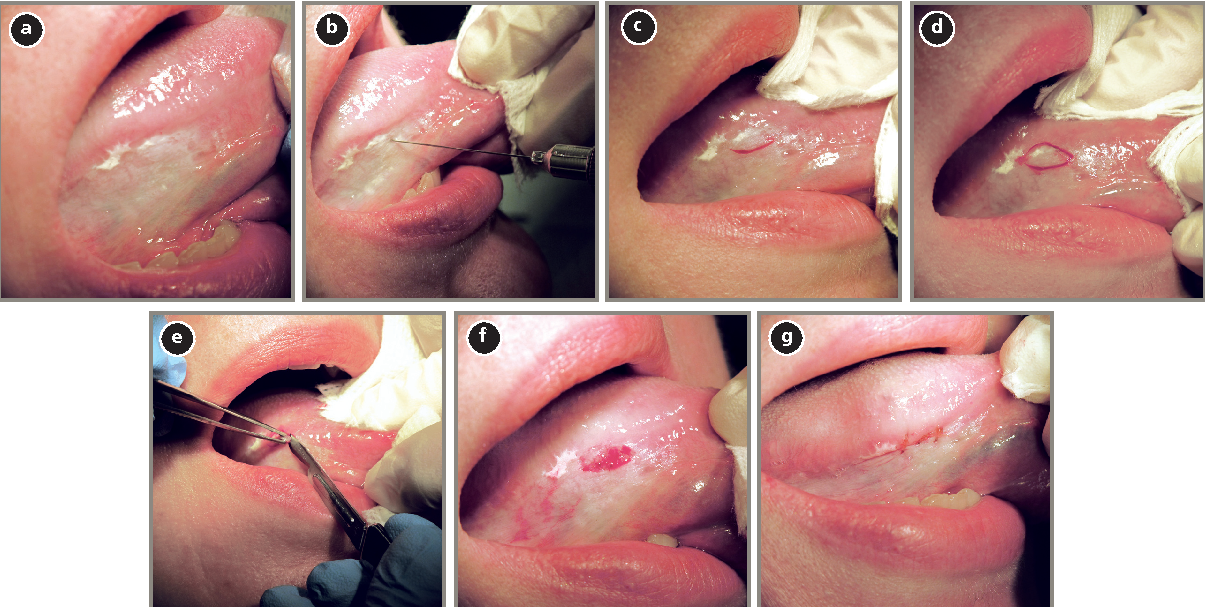
Cyst/ Tumor Removal/ Pathologic Conditions
OMSs diagnose and manage patients with diseases of the oral and maxillofacial region, including cysts, benign and malignant tumors, soft tissue, and severe infections of the oral cavity and salivary glands. The reconstruction of the mouth and face following the removal of tumors represents the ability of the oral and maxillofacial surgeon to return patients to optimum levels of appearance and function.
Fracture / Trauma of head & neck area
Any kind of trauma to head & neck region due to Road traffic accident or assault are treated under guidence of Oral Surgeons after proper examination and explanation to the patient.
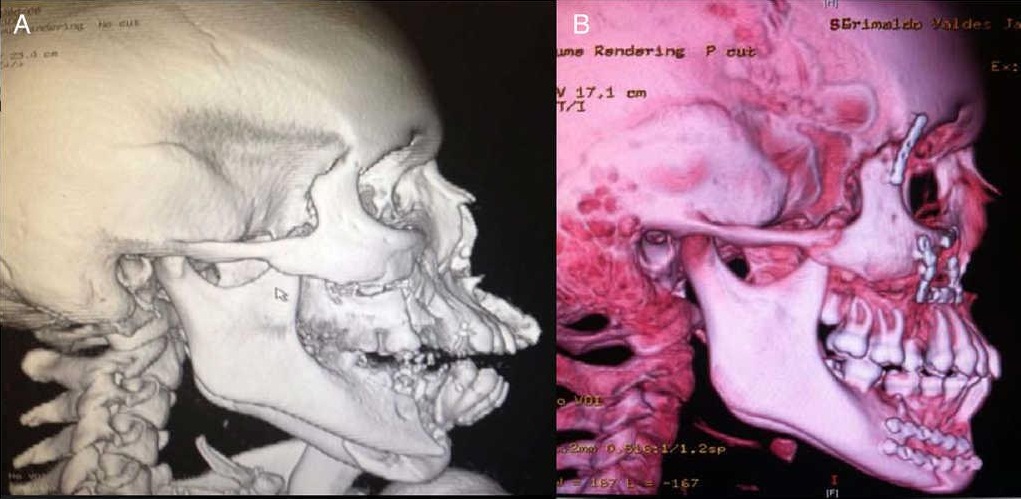
Reduced Mouth Opening (OSMF)
Reduced mouth opening due to excess consumption of tobacco or betal nut chewing may lead to cancer. If it is diagnosed and treated on time it can be cured.

Oral Cancer
Before removal of any extra or unusual growth from the growth, tests are done to check the presence of cancer cells.
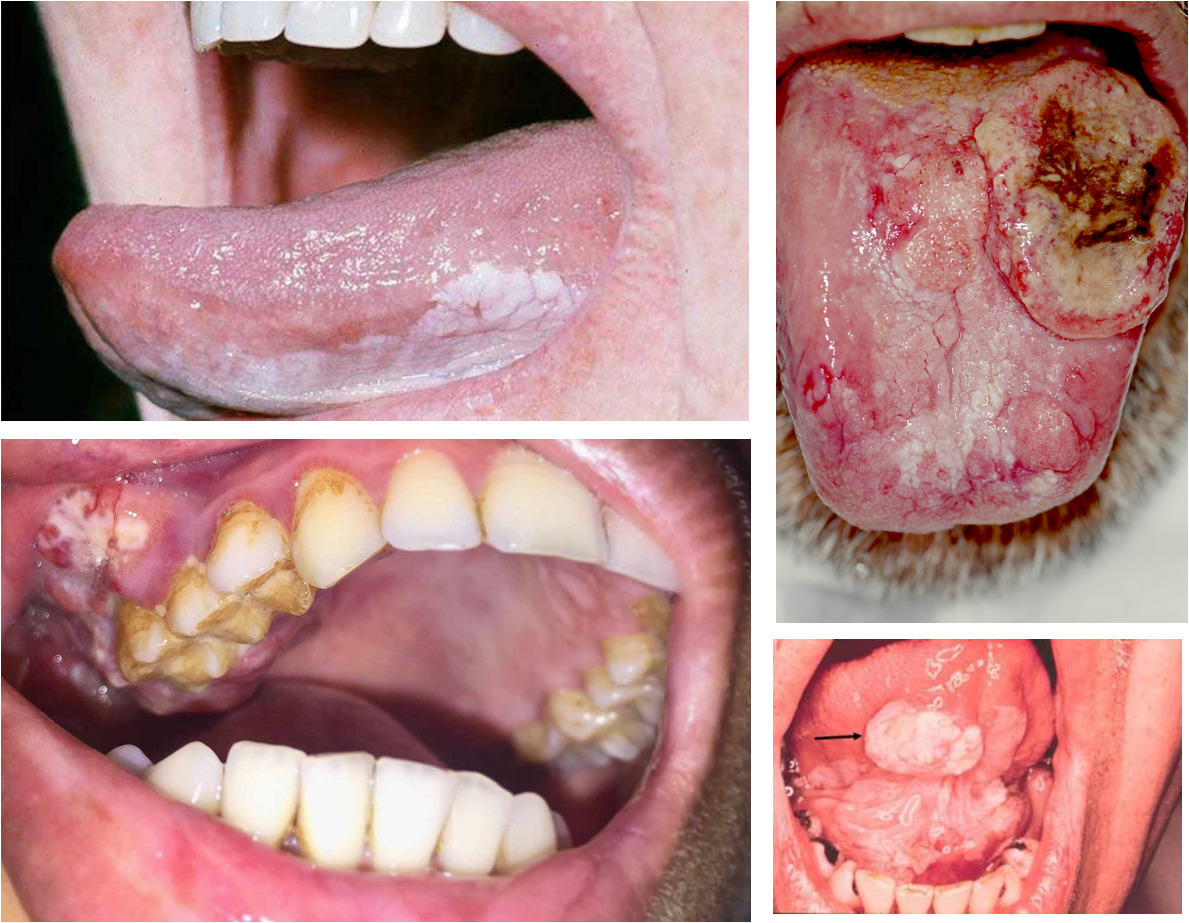
Surgical Correction of Maxillofacial Skeletal Deformities
Surgical correction of maxillofacial skeletal deformities includes the reconstructive procedures that correct deformities of the jaws, facial skeleton, and associated soft tissues. These abnormalities may be caused by genetic, environmental, developmental, functional, and/or pathologic aberrations apparent at birth or manifested in subsequent growth and development or acquired through trauma, neoplastic processes, and degenerative diseases. Musculoskeletal deformities of the facial bones can occur in all three planes of space (anteroposterior, vertical, and transverse) or any combination of the three, unilaterally or bilaterally, and in either one or both jaws. The surgical procedures involve repositioning and recontouring the facial bones to correct functional and/or pathologic problems. The principal goal of surgical correction of these skeletal deformities is restoration and/or improvement in function and prevention of potential sequelae.
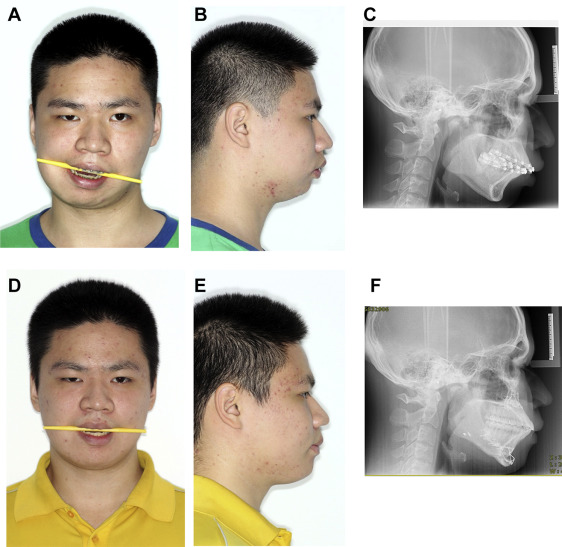
Orthognathic Surgery
Orthognathic surgery is performed to correct developmental growth abnormalities of the jaws and facial bones. Patients with these abnormalities usually present with a malocclusion. These problems can effect not only chewing but speech and the overall health of the individual as well as the esthetic appearance of the face. Surgical treatment is usually conducted in combination with orthodontics. The surgery is performed under general anesthesia. During the surgery, the jaws are moved to the correct position, not only to improve the patient's occlusion, but to restore normal facial appearance as well.
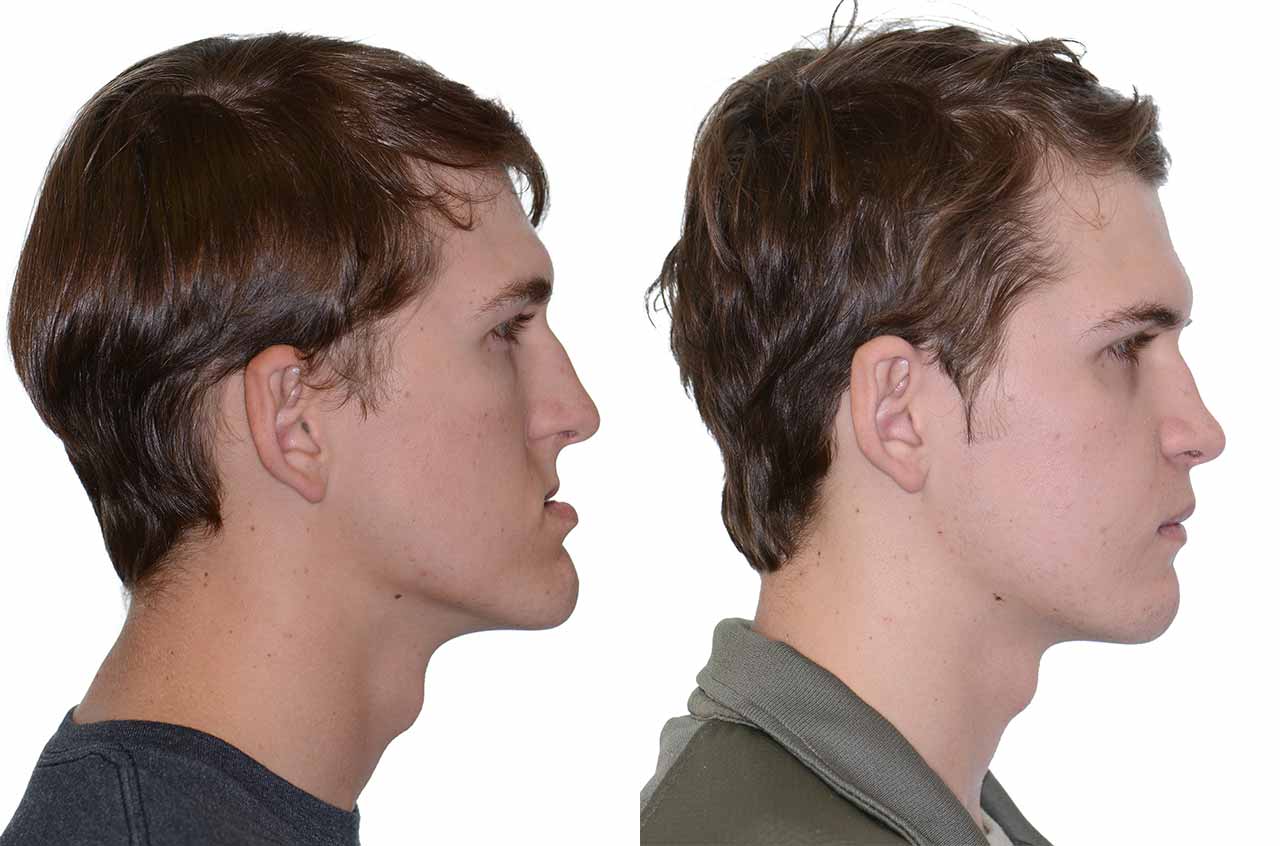
Cleft and Craniofacial Surgery
Surgical correction of congenital and acquired defects of the maxillofacial region including cleft lip and palate. The majority of cleft and craniofacial surgery occurs in children. The optimal management of patients with cleft and craniofacial deformities traditionally involves a multidisciplinary team which is necessary to correct all adjunctive procedures.

Maxillofacial Trauma
OMSs repair routine and complex facial injuries, set fractured jaw and facial bones, reconnect severed nerves and ducts, and treat other injuries of the face and neck region.
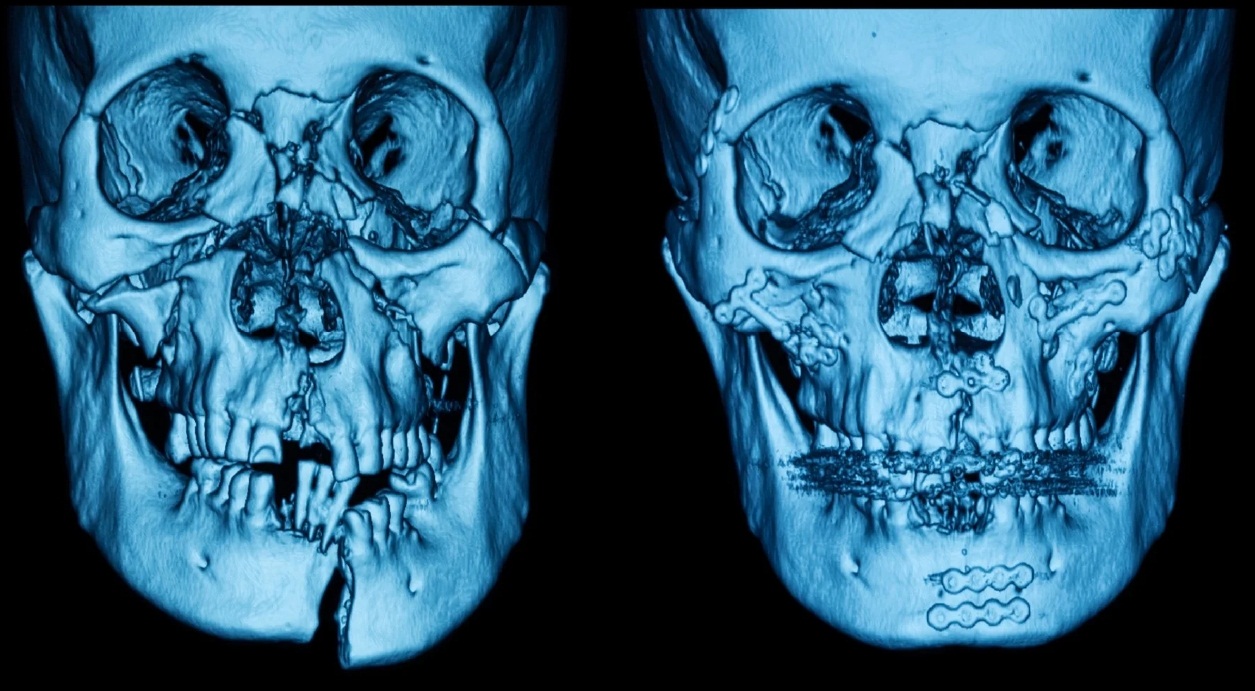
Temporomandibular Joint
OMS training includes the diagnosis and surgical and non-surgical management of temporomandibular joint (TMJ) disorders. It also includes the differential diagnosis of head, neck, and facial pain. This comprehensive knowledge affords the patient the ability to regain normal function while eliminating pain.
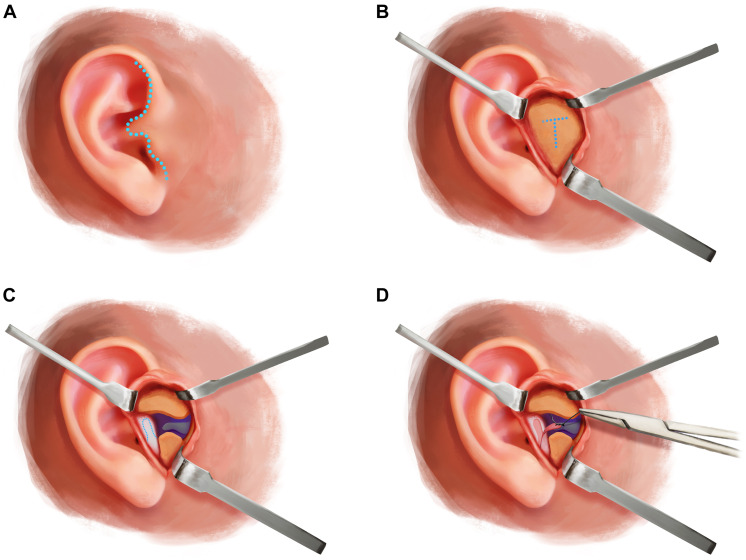
Reconstructive and Cosmetic Surgery
OMSs correct jaw, facial bone and facial soft tissue problems left as the result of previous trauma or removal of pathology. This surgery which restores form and function often includes moving skin, bone, nerves, and other tissues from other parts of the body to reconstruct the jaws and face. These same skills are also used when oral and maxillofacial surgeons perform cosmetic procedures for improvement of problems due to unwanted facial features or aging.
